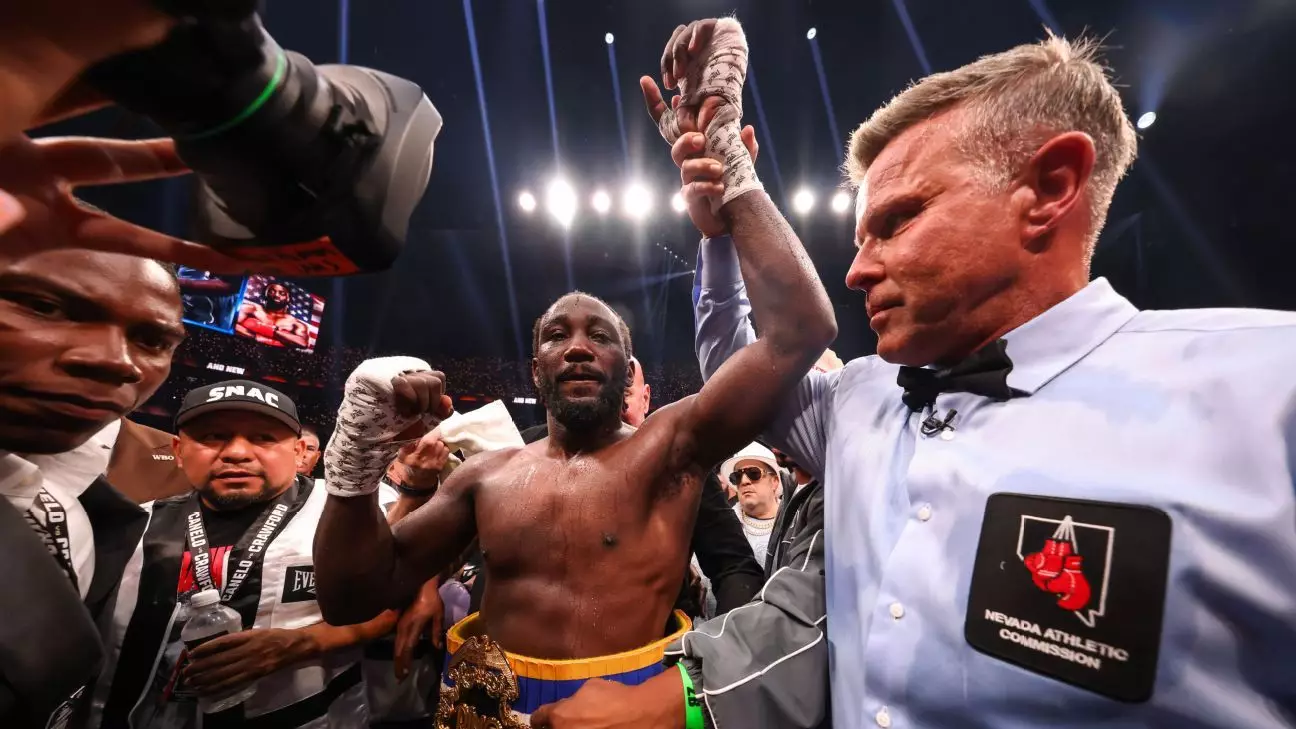In recent years, the idea of fighters crossing over from one combat sport to another has traditionally been met with skepticism and controversy. Critics argue that such endeavors compromise the integrity of the disciplines and introduce unnecessary risks. However, a closer analysis reveals that these crossover attempts, despite their often boisterous and superficial appearances, serve a crucial role in reinvigorating combat sports and expanding their appeal. When fighters like UFC champions express interest in boxing or vice versa, it’s a testament to the desire for growth, innovation, and breaking free from stagnation. Rather than dismissed as mere “clout chasing,” such endeavors should be recognized as bold moves pushing the boundaries of what is possible.
The latest example involves UFC featherweight champion Ilia Topuria publicly teasing a boxing match with boxing legend Terence Crawford. Topuria’s declarations—ranging from social media taunts to walking into the ring to a Mexican song—highlight the cultural crossover and the spectacle-driven nature of modern combat sports. Crawford’s dismissive attitude underscores an inherent resistance rooted in traditions and legitimacy. But this resistance, rather than serving the athlete or the sport, risks stagnation. Embracing these crossovers could lead to valuable innovations in training, technique, and fan engagement, bringing fresh energy into both sports.
The Power of Cross-Pollination in Combat Sports
When fighters from different disciplines compete or even entertain the idea, it sparks conversations that go far beyond the ring. It invites fans to reimagine what combat sports can be—more dynamic, more inclusive, and more commercially viable. The Floyd Mayweather vs. Conor McGregor bout, often cited as an academic case of crossover success, demonstrated how blending audiences and disciplines can unlock new revenue streams and fan bases. Such events challenge existing perceptions and propel fighters to adapt new strategies and skills that may not have been explored within their traditional spheres.
Every crossover attempt, even if it results in dismissiveness or mockery, pushes the industry to evolve. It raises the stakes in negotiations, promotes innovation in training regimens, and encourages fighters to think beyond their comfort zones. These encounters are less about the actual fight’s outcome and more about the cultural dialogue they generate—an essential ingredient to the continual growth of combat sports. Without these boundary-pushing efforts, sports risk becoming insular, missing out on entire demographics and economic opportunities.
The Risks and Rewards of Breaking the Mold
Of course, critics rightly point out that crossing sports brings significant risks—injuries, legitimacy questions, and the potential for diluting the core values of each discipline. Yet, avoiding risk entirely would mean stagnation, a slow decline as the sports fail to adapt to evolving viewer tastes and technological advancements. If fighters like Topuria or UFC champions remain confined within their sport’s traditional boundaries, the result could be an eventual fade into obscurity or irrelevance.
There is also a strategic element at play. High-profile crossover bouts—if carefully managed—can redefine careers, elevate athletes into superstardom, and boost overall revenue. The beauty lies in recognizing that these are not merely fights but cultural moments that challenge assumptions, inspire innovation, and forge new pathways. Denying the potential of these crossovers stifles progress and reinforces outdated notions that championship belts define true athlete value.
Reimagining the Future of Combat Sports
Ultimately, embracing the fusion of disciplines isn’t just about potential paydays or viral moments; it’s about envisioning a future where sports evolve alongside cultural shifts. The skepticism surrounding fighters like Topuria’s challenge to Crawford reveals a resistance to change rooted in tradition rather than practicality. The industry should welcome this—view it as an opportunity to elevate the sport, cultivate new talent, and expand the narrative surrounding combat sports.
In this constantly shifting landscape, it’s clear that cross-sport challenges are less about ego and more about progression. Fighters, promoters, and fans all stand to benefit from a mindset that not only tolerates but celebrates the merging of worlds. When boundaries are broken, innovation follows. It is only through bold, sometimes controversial, ventures that combat sports can realize their full potential as dynamic, captivating spectacles that resonate with a broader audience. The future belongs not to those clinging to the past but to those daring enough to redefine what it means to compete across boundaries.


Leave a Reply